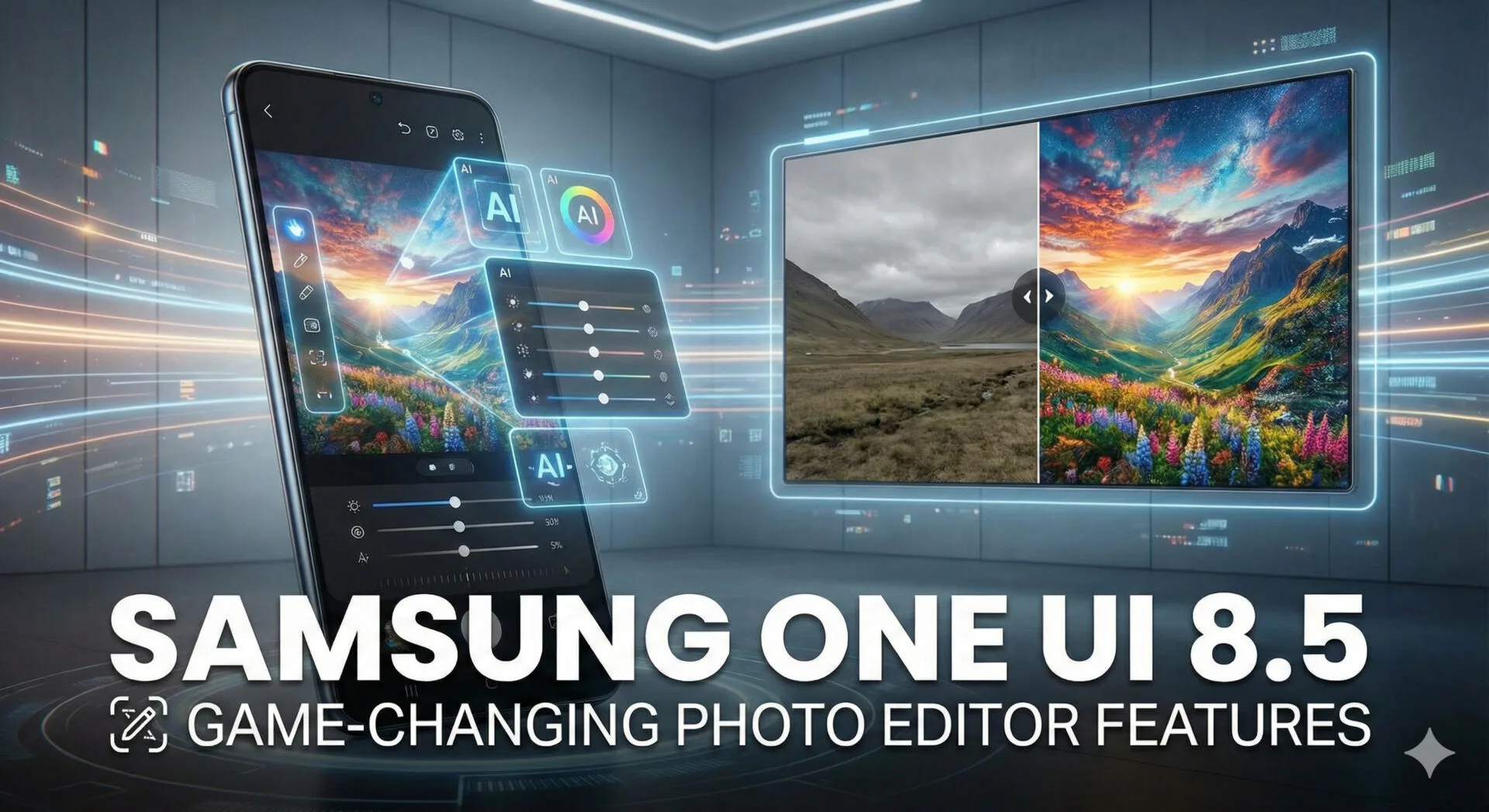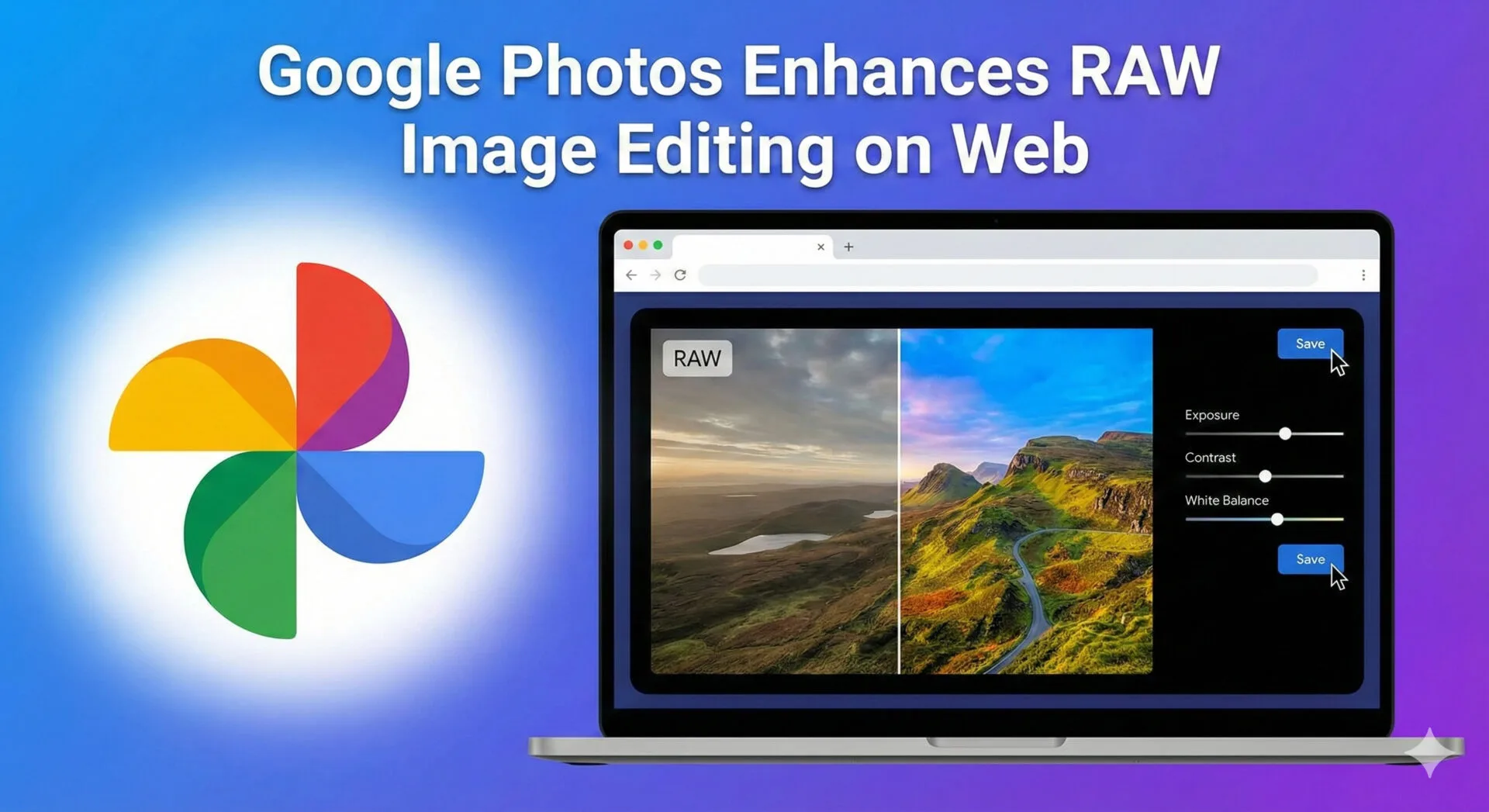We once saw mobile games as just a way to kill time—something to tap on during a commute or in a waiting room. But in 2025, that idea is rapidly evolving. Today’s mobile games are becoming more than entertainment: they’re tools for micro-wellness—short, intentional bursts of stress relief, mental resets, and digital calm.
At the forefront of this shift is Fruit Merge دمج الفواكه, a simple, visually pleasing mobile puzzle game that’s quietly becoming a favorite among users seeking more peace and less pressure from their screens. The concept is simple: match and merge fruits to make larger ones. However, the impact extends even deeper, especially when you consider how users are incorporating it into their daily lives as a means to relax and recharge.
Let’s explore the journey from micro-gaming to micro-wellness and why games like Fruit Merge are leading the way.
What Is Micro-Wellness?
Micro-wellness is the practice of integrating small, intentional acts of self-care throughout the day. These could be two minutes of breathing, five minutes of stretching, or increasingly—three to five minutes of a calming mobile game.
The idea is that we don’t always have time for a full meditation session or a walk around the block. But we do have a few minutes here and there to hit pause. That’s where short, focused mobile games can serve a higher purpose.
Micro-Gaming: More Than Just Entertainment
Mobile gaming has exploded over the past decade, with casual and hyper-casual games leading the charge. According to Statista, mobile gaming makes up over 50% of the global gaming market, and most of this comes from simple games played in short bursts.
Micro-gaming refers to exactly that—quick, snackable gameplay that lasts 3 to 10 minutes per session. What’s new is how people are using those short sessions to improve focus, regulate emotions, and unwind from digital fatigue.
Enter Fruit Merge: A Minimalist Game with Maximum Impact
Fruit Merge offers a deceptively simple mechanic: drag and drop similar fruits together to create a larger one. But it’s not about competition, speed, or leveling up. It’s about slowing down, finding flow, and enjoying the smooth, responsive animations.
Here’s why Fruit Merge is perfect for micro-wellness:
- Offline play makes it ideal for flights, waiting rooms, or no-Wi-Fi zones.
- Only 13MB—meaning it works on any device and doesn’t drain resources.
- Soothing visuals and sound that trigger calm instead of urgency.
- No ads, no timers, no stress. Just pure, pause-worthy play.
The Psychology of Play: Why It Works
Neuroscience supports the idea that short, focused play can activate the brain’s reward centers. The visual satisfaction of merging fruits, paired with gentle auditory feedback, delivers small doses of dopamine—just enough to lift mood and improve clarity.
Games like Fruit Merge also promote what psychologists call “soft focus”—a lightly engaged state of mind that allows thoughts to reset and emotional stress to settle. This is similar to what people experience while walking or doodling.
And because the stakes are low, players aren’t worried about failure or high performance. This makes the game ideal for unwinding, especially after high-pressure work or overstimulating social media use.
Fruit Merge in Real Life: How People Are Using It
Fruit Merge isn’t just a game people play before bed or on the train. Many are now using it intentionally throughout the day:
- During micro-breaks at work to disconnect from cognitive overload
- Between meetings to clear mental clutter
- Before sleep as a screen-based wind-down that avoids blue-light-heavy content
- While commuting to relax without needing Wi-Fi or sound
- As part of digital detox routines, replacing mindless scrolling with mindful play
This behavioral shift points to a new role for casual games—not just as entertainment, but as mental wellness tools.
Micro-Wellness and the Future of Mobile App Design
The success of Fruit Merge hints at a broader trend in mobile design: apps that don’t demand constant attention but still deliver consistent value. Users are becoming more mindful of how they spend time on screens. They’re turning to tools that’re lightweight, low-pressure, and easy to use.
Developers are responding by:
- Building games that don’t rely on loud monetization
- Designing interfaces with minimalism in mind
- Prioritizing smooth UX and responsive controls
- Adding optional background music or ambient effects
Fruit Merge is a prime example of this direction—a game that’s enjoyable, beautiful, and unintrusive.
Why This Matters
In a world increasingly filled with attention-grabbing apps, not grabbing attention has become a feature. Micro-wellness through mobile games is part of a digital evolution—one where users control their experience and set the tempo.
Apps like Fruit Merge support this by giving people a calm, purposeful break. Instead of adding more noise, they offer quiet. Instead of stress, they deliver rhythm. Instead of always demanding, they simply offer.
This shift is important not just for gamers, but for everyone. It shows how tech can support well-being rather than compete with it.
Final Thoughts
The future of gaming isn’t just about graphics or competition. It’s about how games make us feel. And in 2025, what many people want to feel is peace.
From micro-gaming to micro-wellness, the journey is clear: games like Fruit Merge are proving that simplicity, intention, and play can go hand in hand.
So next time you feel overwhelmed or need a reset, open a game that doesn’t rush you, doesn’t stress you—and doesn’t try to sell you anything every 30 seconds. Open Fruit Merge, play for a few quiet minutes, and breathe.
Sometimes, that’s all it takes to restore your balance.







Leave a Reply